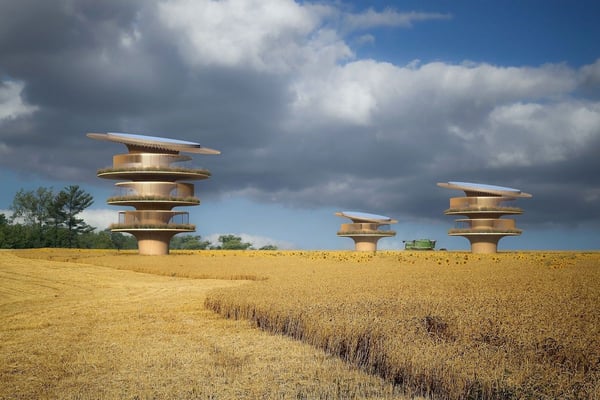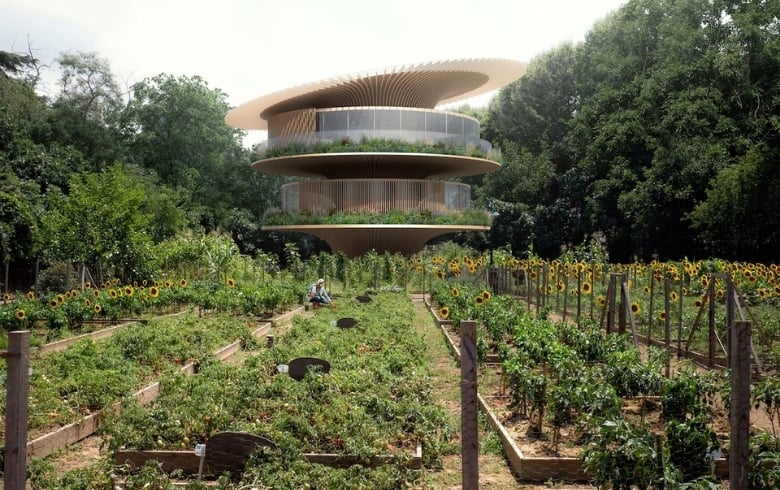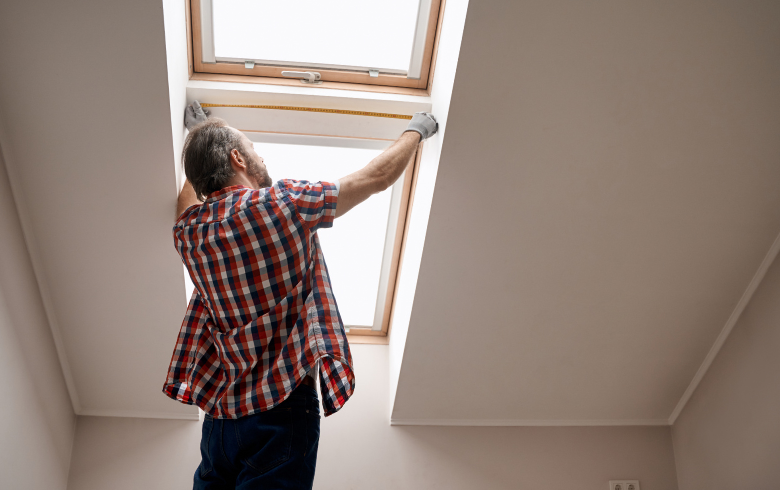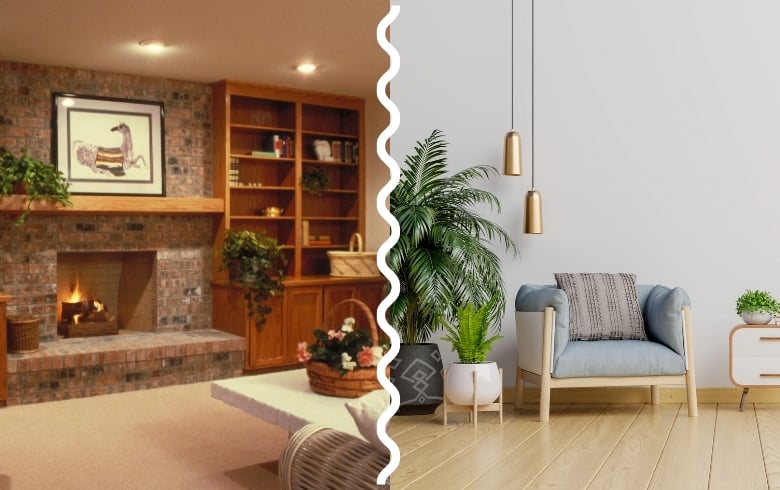Originally found in areas of Mexico and the southern United States, sunflowers have become a worldwide symbol for, well, the sun. With their big, bright beautiful blooms, they've inspired everything from art to fashion to sunglasses. And now, they're inspiring architecture.
The Sunflower House
Sunflowers are heliotropic, which means they turn their flowers to follow the movement of the Sun across the sky. They turn from east to west, absorbing nutrients from the sun throughout the day before returning to face the east at night and wait for another sunrise. It's this movement, along with their aesthetic, that inspired architect Koichi Takada to design his Sunflower House.

With the Sunflower House, Takada is challenging designers to create a new architectural movement that focuses on environmental responsibility with this new style of form following nature. "It's not just about making a building look natural, it's about creating positive environmental changes in the homes we live in, the neighborhoods we work and ply in, and ultimately the planet we are privileged to inhabit," Takada told the online publication, designboom.
How Does it Work?
Commissioned by Bloomberg Green in order to meet the standards of a greener future for Europe, Takada's Sunflower House acts like a sunflower by rotating to gather solar energy as the sun shifts its position in the sky. This allows the solar panels on the roof to produce 40% more power than if they stayed in one place. As such, the building produces more energy than it uses, so it can feed energy back into the power grid. The Sunflower House has other sustainable features too, including rainwater collection, natural ventilation, and a rotating façade system that limits solar heat gain.
Currently, the Sunflower House commissioned by Bloomberg Green is the only structure of its kind. But if more are built, each sunflower house could include up to three levels of apartments with two to three bedrooms each. This scheme reimagines what a green community could look like, as well as how we can be less intrusive on our environment.

So, what do you think? Would you live in a rotating Sunflower House?
Koichi Takada Architects: Koichi Takada | Instagram | Facebook
Doug and Wolf: Doug and Wolf | Instagram | LinkedIn
h/t: designboom
All images via Koichi Takada Architects and Doug and Wolf.





